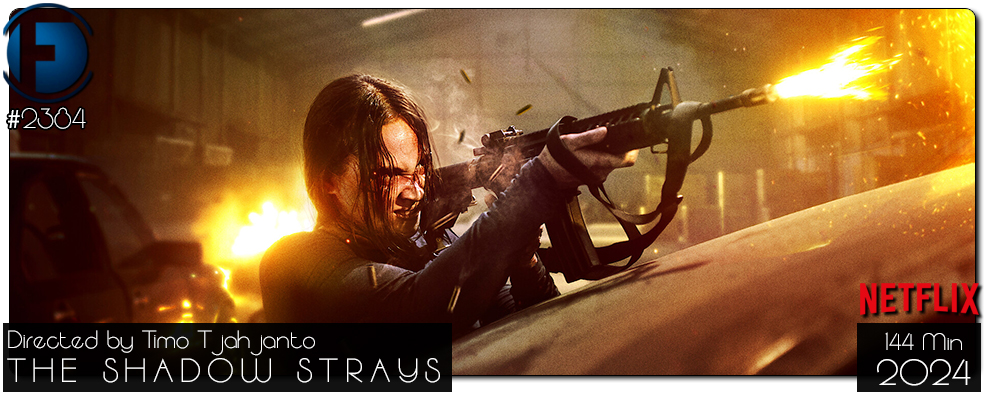Movie Review – Shadow Strays, The
Principal Cast : Aurora Ribero, Hanna Malasan, Taskya Namya, Kristo Immanuel, Agra Piliang, Andri Mashadi, Chew Kin Wah, Adipati Dolken, Daniel Ekaputra, Ali Fikri, Eva Celia Latjuba, Yayan Ruhian
Synopsis: Codename 13, a 17-year-old assassin, is suspended due to a sloppy mission in Japan. She meets 11-year-old Monji, who loses his mother, and sets out to rescue him.
********
Indonesian filmmaker Timo Tjahjanto isn’t a storyteller known for his restraint. A renowned horror and action director, Tjahjanto has crafted some of the most visceral, insane, bloody genre films the screen has ever seen – see my review of The Night Comes For Us by way of an example of his longstanding proficiency for wanton extreme violence – and in keeping with this aesthetic he delivers yet another bone-crunching, body-shattering thriller fuelled by gore and an absolute breakout performance by young Indonesian actress Aurora Ribero. Essentially an assassin-driven revenge story, The Shadow Strays has a somewhat strangulated heart beating beneath the bananas bodycount and effortless stuntwork, with several bravura action setpieces delivering white-knuckle action, suffocatingly intense fight sequences, and some shattering emotional twists.
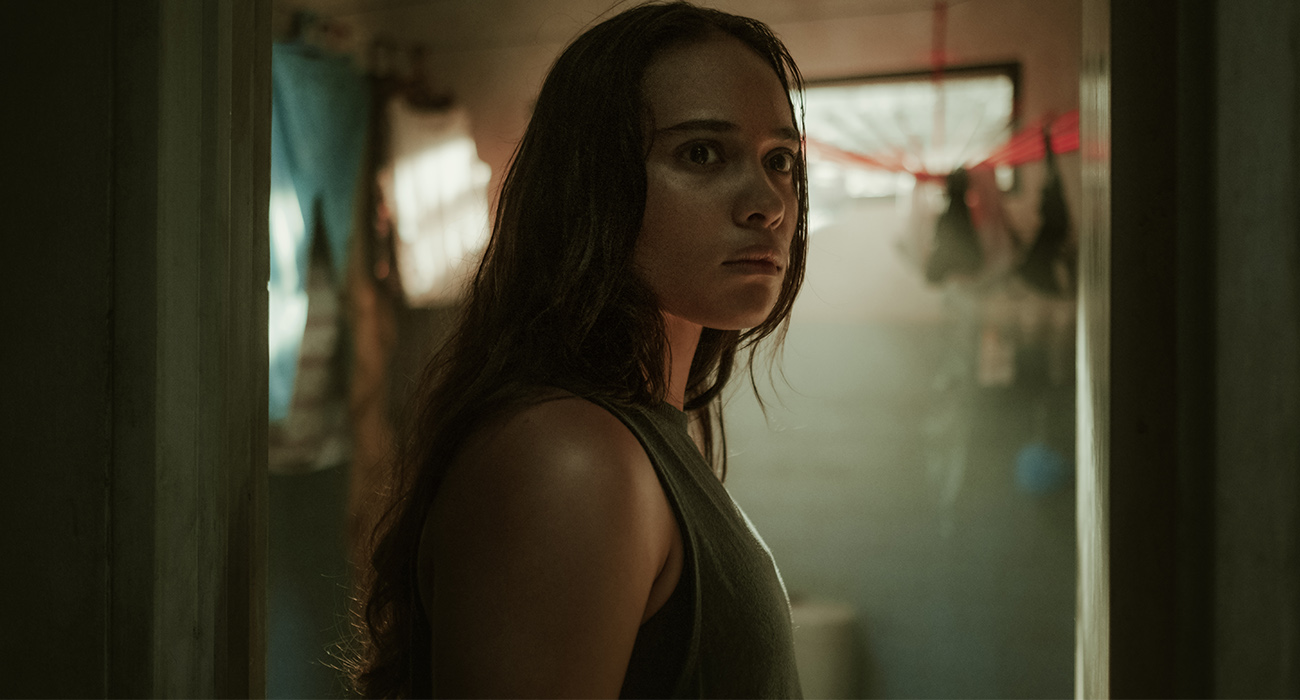
Ribero plays a young assassin codenamed 13, trained by a fellow operative, Umbra (Hanna Malasan), and working for an undercover organisation controlled by their handler (Kin Wah Chew). After a botched mission to assassinate a Japanese yakuza clan, Ribero finds herself benched while Umbra is sent on another mission. Frustrated to be out of action, 13 meets young city kid Monji (Ali Fikry), whose mother, Mirasti (Jessica Marlein) meets an untimely death at the hands of local gangster Haga (Agra Piliang). When Monji is held hostage by the gangster, 13 sets out to rescue him, and eventually runs afoul of a corrupt Jakarta-based politician and his son, Ariel (Andri Mashadi). 13 uses the help of one of Haga’s lower henchmen, Jeki (Kristo Immanuel) in her mission to rescue Monji, before a deadly vendetta of revenge takes hold and sees her placed into direct confrontation with those who trained her.
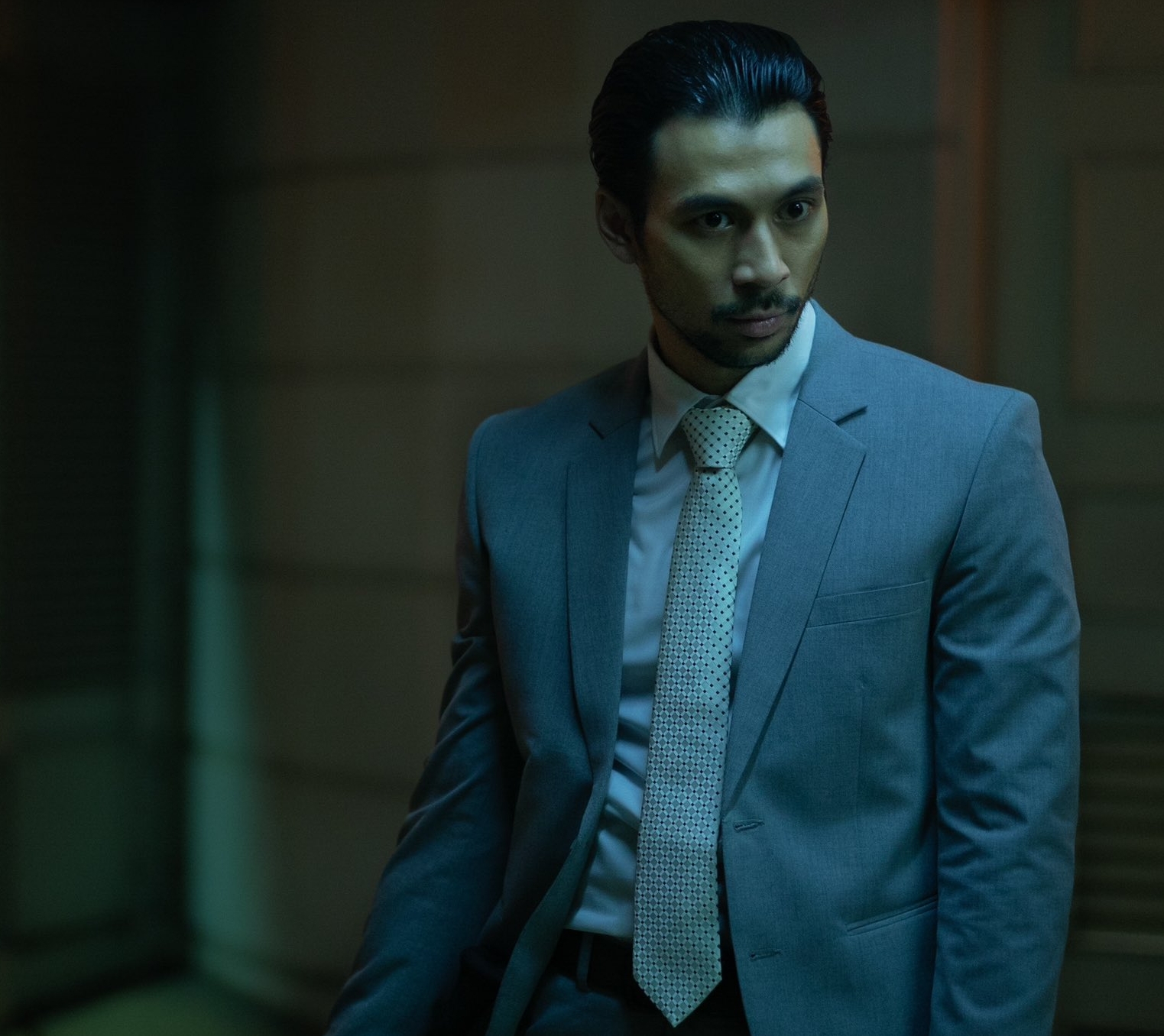
If nothing else, The Shadow Strays is a film that goes hard. I mean, rock solid, granite fuckin’ hard. A frenetic orgy of excessive violence, balletic fight choreography and jaw-dropping stunts, the film’s over-the-top gore and bloodthirsty style is arguably the most vicarious big screen experience of the year, watching blood splatter and heads fly off in this cornucopia of inventive death and rage. Tjahjanto’s got an absolute star in his hands with newcomer Aurora Ribero, who performs all but the most dangerous of her stunts herself, notably learning martial arts just for the part; in perhaps the most shocking aspect for an action film, not only is she a tremendous screen presence, but she absolutely acts the pants of everyone else around her. Ribero is an absolute firecracker, delivering a withering, rage-filled turn as the ineloquent 13, a young girl recruited into this shadowy assassin organisation (for which very little backstory is given, despite the film seemingly setting this up for a sequel or two!) and although Tjahjanto’s script doesn’t offer her much beyond looking fierce and angry throughout, the actress nails the part. I absolutely cannot wait to see her in more stuff: this is a commanding turn that should see her become a major action star.
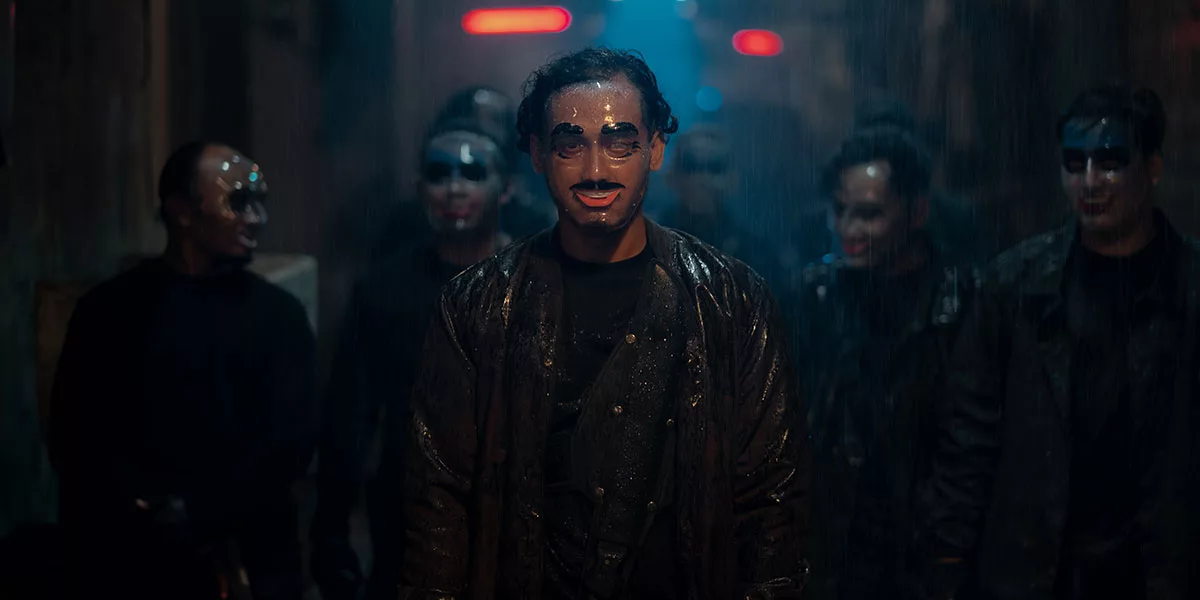
From its shocking Japan-set opening assassination sequence, which sets the tone for the film to follow by making Tarantino’s iconic House of Blue Leaves sequence from Kill Bill Part One look positively insipid, through to its absolutely insane final act showdowns – there are a number of plot threads the director has to wrap up, meaning just when you think it’s all over there’s still more to come – The Shadow Strays is a non-stop battering of violence and destruction: destruction of human bodies, besoaked with blood and vital fluids, as swords, guns, grenades and simple hand-to-hand combat see a variety of decapitations, amputations, vein-popping killshots and non-stop screaming flood the film’s gorgeous widescreen frame. Cinematographer Batara Goempar’s lenswork in this film is exemplary, soaking up darkness and populating it with stark lighting choices, noir-inspired dinginess and an omnipresent soaking of sweat and piss. It’s a fragrant visual style that suits the underground nature of the plot, and while I think a lot of the film’s exterior Indonesian location photography doesn’t quite maximise the tableau’s promise as much as I’d have liked, the vague Blade Runner feel of run-down urban decay evokes genuine grunge and grit in each frame.
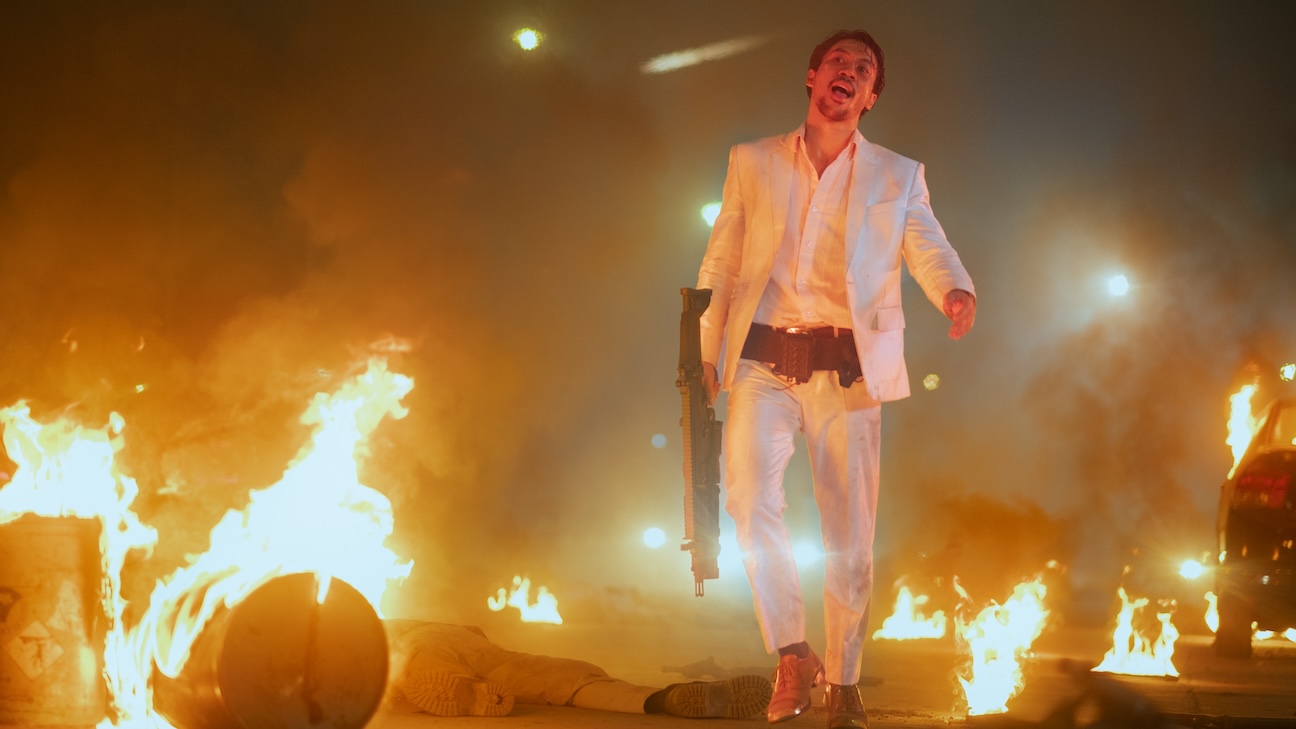
As one might expect, The Shadow Strays boasts a sublime technical virtuosity both in front of and behind the camera. I mentioned Goempar’s work to make the film look great, but a couplet to this is the maestro-like framing and use of camera to fill the frame with dynamism and visceral energy. Spliced with Dinda Amanda’s superb editing, a tsunami of creative kills that makes the finale of Rambo Last Blood look like an episode of Spongebob Squarepants, and some terrific practical and CG visual effects (and there’s a LOT of them), the film is paced like a freight train that’s tilting near to derailing, unstoppable and near impossible to avoid getting in the way of. Thunderous sound design also works its magic, the thump of gunfire and physical collisions shattered by the steel-on-steel ring of various swords and metallic implements doing as much damage to human flesh as is possible: again, restraint appears non-existent for Tjahjanto’s filmmaking mindset and although its an acquired taste, anyone with an ounce of interest in Asian, action or violent cinema will celebrate the accomplishment here. The Shadow Strays is a furiously violent opus, and many may find the excess far too much to accommodate in a single sitting – a strong stomach is required when people are literally getting their heads blown off by enormous shotgun rounds, and blood splatters over not only the performers but the camera as well. Honestly, this is a vicarious thrill-ride unlike few others I’ve seen. It’s like a slasher film aesthetic filtered through a John Wick approach to style.
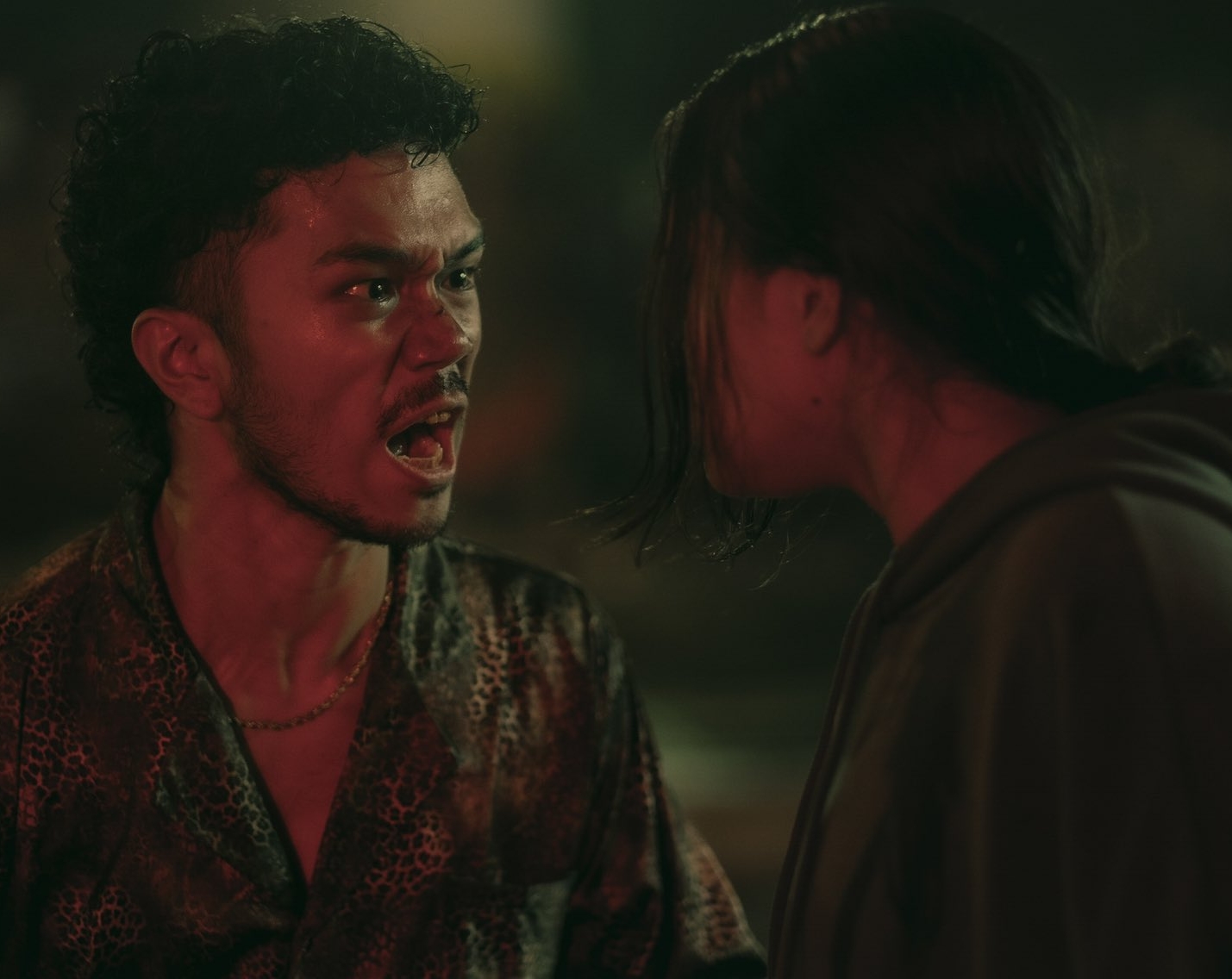
In terms of its emotional arc, its character beats and the sense of the antagonists getting their comeuppance, this film delivers all one could ask for. Capital D, delivers. Although the tacked-on mid-credit attempt to provoke a sequel feels like it was hastily shoehorned into the final edit by an overeager producer – Timo himself has indicated he’d be happy to continue this story beyond what we see in this film – there’s a sense of finality to a lot of the character outcomes here and, were they to dip back into this world, I think the age-old “less is more” adage might reduce a lot of the mystique at play here. The Shadow Strays is a shatteringly great action masterpiece, a wantonly vicious extrapolation and examination of what death and destruction can do to a person over time, led by an actress in an legitimate breakout role and a director just toying with us all at this point. Entertaining as hell, I absolutely have no equivocation in recommending this to anyone with a penchant for violence, body gore and artistically over-the-top inventiveness; The Shadow Strays is dynamite, and you absolutely owe it to yourself to let it obliterate you.

